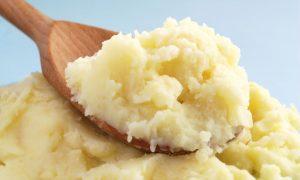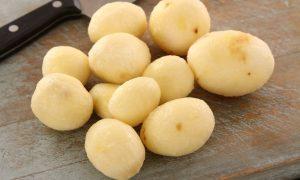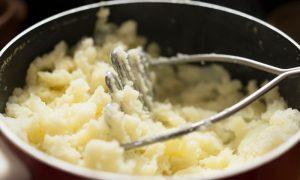
The Ultimate Guide to Chinese Salt and Pepper Chips: Discover the Secrets and Recipes
Are you a fan of Chinese cuisine’s diverse flavors and textures? So are we! One irresistible dish that continues to rule our hearts is salt

Are you a fan of Chinese cuisine’s diverse flavors and textures? So are we! One irresistible dish that continues to rule our hearts is salt

Are you tired of dealing with wilted or moldy sweet potatoes? The key to enjoying these delicious power plants lies in properly storing them once

Are you a fan of creamy, dreamy, and oh-so-convenient instant mashed potatoes? Well, you’re not alone! As a popular kitchen staple, these tater treats are

Unlock the secrets to keeping peeled potatoes fresh and delicious in the fridge! Dive into this comprehensive guide, and become a true expert in potato storage. Say goodbye to spud-related worries and transform your meal prep game forever! 🥔🧊🌟

Find out the ideal storage duration for boiled potatoes in the fridge. Learn tips to extend their freshness while satisfying your culinary needs. Read on to unlock the secrets!

Imagine you’ve just made a delicious batch of mashed potatoes, but even after second servings, there’s still some left. What now? Knowing how long cooked

When it comes to potatoes, there’s more than meets the eye! Versatile, nutritious, and ever-so-tempting, these starchy beauties transform into a seemingly endless array of

Let’s face it, we all love cooked potatoes. They’re versatile, delicious, and easily transform into numerous dishes – think mash, fries, and roasts! But reheating

As a mashed potato enthusiast, I’ve had my fair share of scrumptious, creamy spuds. After perfecting my recipe and often making large batches for friends